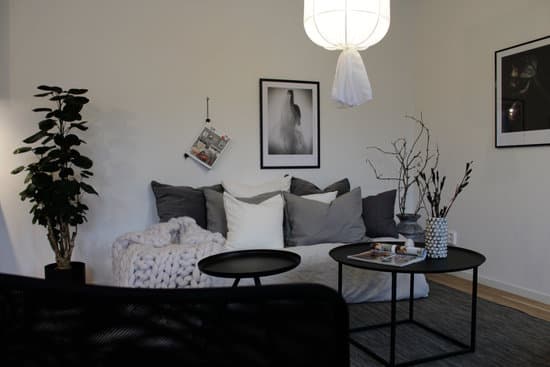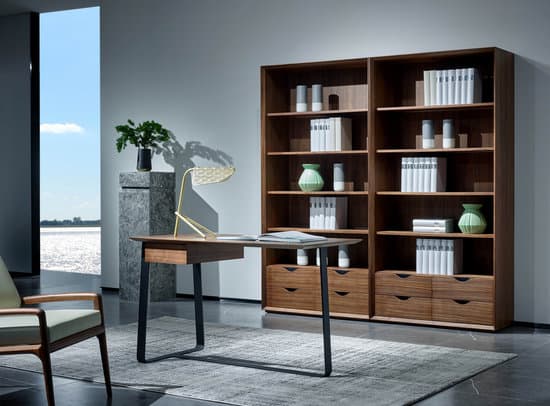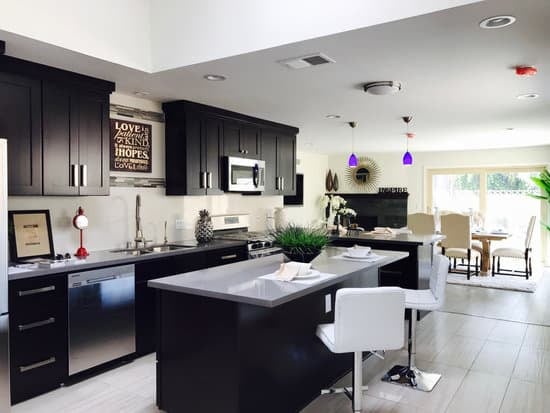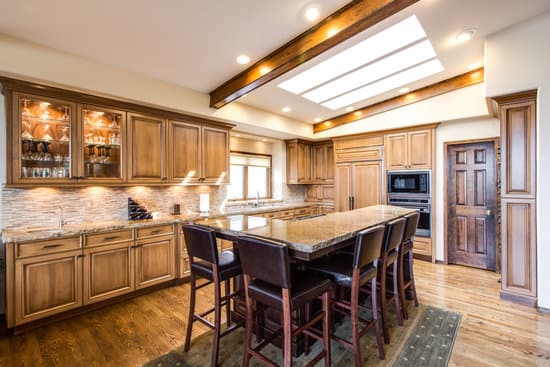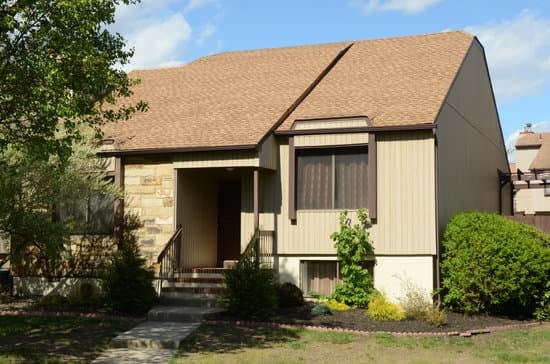Ideal Furniture Placement for TV Viewing
When it comes to arranging furniture around a TV, the ideal placement is one that ensures optimal viewing for every seat in the room. The most common arrangement is to place the sofa or sectional directly in front of the TV and position additional seating options, such as ottomans or chairs, opposite the sofa to provide more seating options. Another option is to position the TV on a wall that is perpendicular to the seating area, with the sofa or sectional facing the TV and chairs or ottomans positioned on the sides. This layout creates a more intimate seating arrangement that is perfect for small or narrow rooms. Regardless of which layout you choose, it is important to ensure that every seating option in the room has an uninterrupted view of the TV. This means avoiding any obstructions that may block the TV, such as large pieces of furniture or decorative elements. Tips for Optimizing Your TV Viewing Experience To enhance your TV viewing experience, there are several tips you can follow. Firstly, consider the optimal viewing distance for your TV. As a general rule, the viewing distance should be 1.5 to 2.5 times the diagonal screen size. Additionally, consider the height of your TV. Whether you are mounting it on a wall or placing it on a stand, the center of the screen should be at eye level when seated. This ensures that you are not straining your neck or eyes while watching TV. Finally, consider the lighting in your room. Natural light or glare from lamps can create reflections on your TV screen, making it difficult to see. Consider using blackout curtains or adjusting the lighting in the room to eliminate any unwanted reflections.Creating a Cohesive Layout for Your TV Room
When designing a TV room layout, it’s important to create a cohesive and visually appealing space. This can be achieved by choosing furniture and decor that complements the style of your TV and the room as a whole. If your TV has a sleek and modern design, consider selecting furniture with clean lines and minimalist accents. On the other hand, if your TV has a more traditional design, consider selecting furniture with classic details and rich textures. In addition to furniture, consider incorporating decor elements that tie the room together. This can include patterned rugs, decorative pillows, or accent pieces that complement the colors in your TV and contribute to the overall aesthetic of the space. Designing Around Large-Screen Televisions If you have a large-screen TV, it can be challenging to find furniture that accommodates its size. One option is to select a sectional sofa with a chaise lounge, which can provide ample seating and allow viewers to stretch out comfortably. Alternatively, you can create a custom TV cabinet that is sized specifically to fit your TV and any additional components, such as a soundbar or gaming console. This option allows you to integrate your TV seamlessly into your space while providing functional storage for media accessories.Balancing Comfort and Style in TV Room Layouts
While it’s important to create a visually appealing TV room, it’s equally important to prioritize comfort and functionality. This means selecting furniture that is both stylish and comfortable, and arranging it in a way that allows for easy movement and optimal viewing angles. Consider investing in a comfortable sofa or sectional with high-quality cushions and a durable frame. Additionally, select chairs and ottomans that provide ample support and complement the style of your other furniture pieces. When arranging your furniture, ensure that there is ample space for movement around the room and that viewers can easily access all seating options. This will allow for a comfortable and enjoyable TV viewing experience for everyone in the room.Maximizing Seating Space in TV Rooms
If you have a small TV room or a large family, maximizing seating space is key. One option is to select a sectional sofa with a chaise lounge and additional seating options on the opposite side of the room, such as a pair of armchairs or ottomans.Interesting Read What is the modern color for 2023? A sneak peek into the future of interior design.





